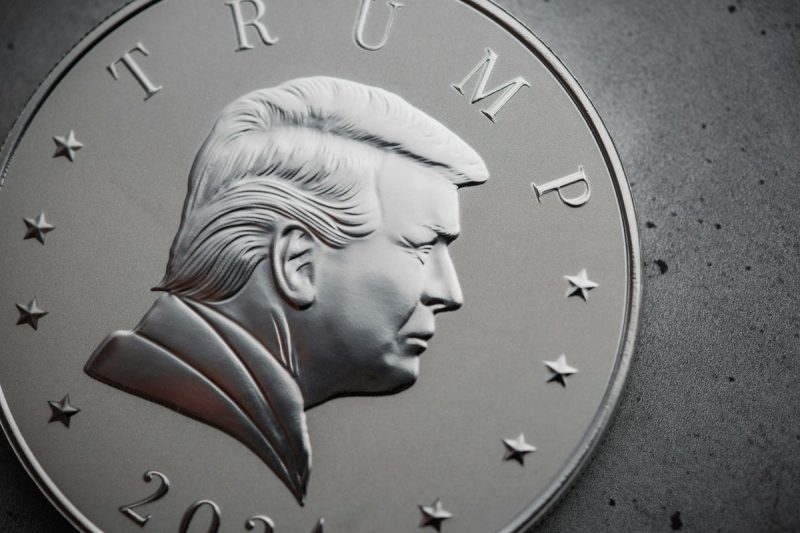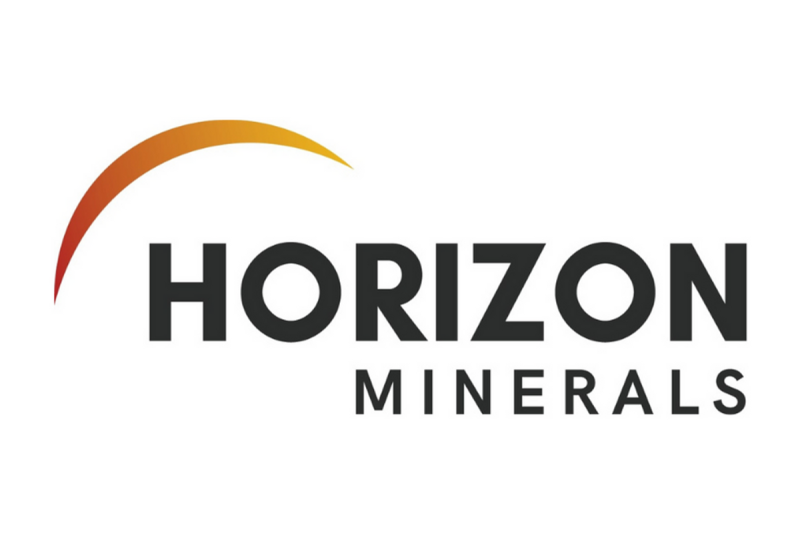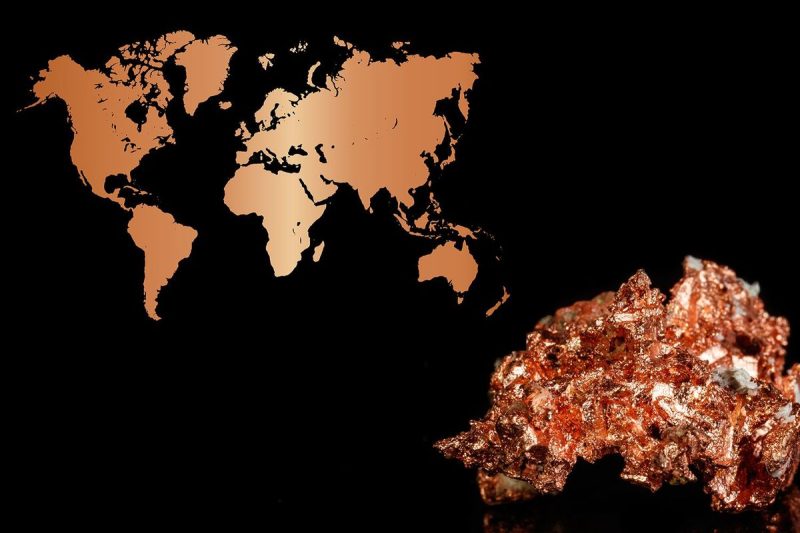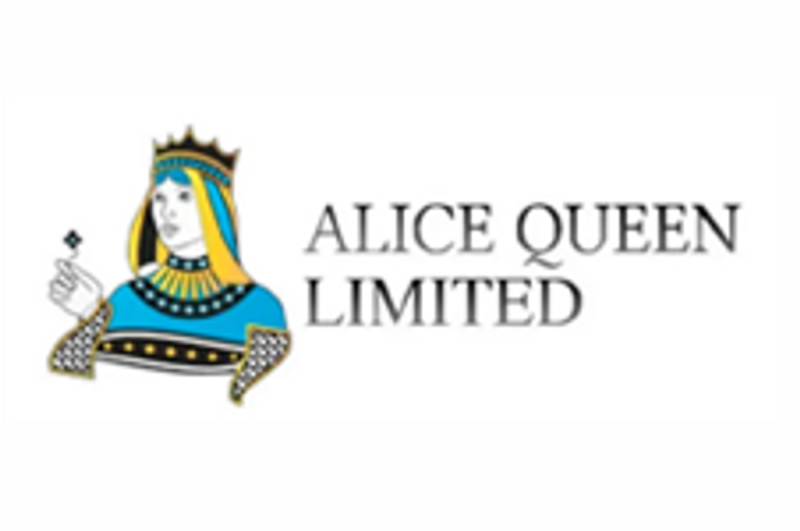A broad selloff in heavyweight tech stocks at the start of the week abruptly reversed after US Federal Reserve Chair Jerome Powell delivered a speech that bolstered expectations of a September interest rate cut.
Speaking at the Jackson Hole Economic Policy Symposium, Powell took a more dovish tone than investors may have been expecting, noting a slowdown in both worker supply and demand that could lead to employment risks.
He stated that the shifting balance of risks may warrant adjusting the Fed’s policy stance, stressing the need to balance both sides of the central bank’s dual mandate when goals are in tension.
This is a change from the Fed’s previous stance, which had been more focused on the need to keep rates high to fight inflation. Powell acknowledged the visible, though likely temporary, effects of tariffs, cautioning about the potential for persistent inflation, but signaled that the Fed is now also seriously considering the downside risks to employment.
A risk-on rally ensued, impacting various market sectors: the S&P 500 (INDEXSP:.INX), Dow Jones Industrial Average (INDEXDJX:.DJI) and Nasdaq Composite (INDEXNASDAQ:.IXIC) all closed up by more than 1.5 percent.
Bitcoin climbed above US$116,800, the Russell 2000 Index (INDEXRUSSELL:RUT) surged by 3.9 percent and 10 year treasury yields decreased by 0.07 percentage points to 4.26 percent. Traders now have higher expectations for a September rate cut, with probabilities exceeding 83 percent according to CME Group’s (NASDAQ:CME) FedWatch tool.
Here’s a look at the other drivers that shaped the tech sector this week.
1. Softbank to invest US$2 billion in Intel
Intel’s (NASDAQ:INTC) share price got a boost this week after a series of major announcements, beginning with SoftBank Group’s (TSE:9984) Monday (August 18) announcement that it plans invest US$2 billion in the company.
“Semiconductors are the foundation of every industry. For more than 50 years, Intel has been a trusted leader in innovation,’ said Masayoshi Son, chairman and CEO of SoftBank, in a press release.
‘This strategic investment reflects our belief that advanced semiconductor manufacturing and supply will further expand in the United States, with Intel playing a critical role,” he added.
Following that news, sources confirmed last week’s reports that the US government was seeking an equity stake in Intel in exchange for Biden-era Chips Act funding. Then, on Friday (August 22), US Secretary of Commerce Howard Lutnick announced that Intel had agreed to sell an 8.9 percent stake to the federal government, a move that will convert billions of dollars in previously awarded grants into a passive ownership stake.
Intel performance, July 28 to August 18, 2025.
Chart via Google Finance.
These developments have sent Intel’s market value soaring, with its share price increasing over 28 percent from the start of the month. Shares of Intel closed up on Friday at US$24.80.
2. Figure files for Nasdaq IPO
Figure Technology filed for an initial public offering (IPO) on the Nasdaq on Monday under the ticker symbol FIGR, joining a growing list of crypto-related companies looking to access public markets following the successful debut of stablecoin issuer Circle Internet Group (NYSE:CRCL).
Figure leverages blockchain to streamline financial services. The company’s filing reveals a strong financial performance, with profit reaching US$29 million in the first half of 2025, compared to a US$13 million loss in the same period last year. Its revenue for the first half of the year was US$191 million.
Goldman Sachs (NYSE:GS), Jefferies Financial Group (NYSE:JEF) and Bank of America Securities are acting as lead underwriters for the offering. The number of shares and price ranges are yet to be confirmed.
3. Google unveils new Pixel and more
Google (NASDAQ:GOOGL) made headlines this week with several new developments spanning its business lines.
The week kicked off with the tech giant announcing it has increased its stake in data center operator and Bitcoin miner TeraWulf (NASDAQ:WULF) to roughly 14 percent, worth US$3.2 billion.
The company also revealed a partnership with advanced nuclear startup Kairos Power and the Tennessee Valley Authority to power its data centers in Tennessee and Alabama using a new nuclear reactor.
On Wednesday (August 20), Google unveiled its latest Pixel smartphone, the Pixel 10, and accessories, with upgrades including a health coach powered by artificial intelligence (AI).
The week culminated with reports of a US$10 billion cloud computing agreement with Meta Platforms (NASDAQ:META) to provide the necessary servers and infrastructure for Meta’s expanding AI operations. The news sent Google’s share price up by over 3 percent and Meta’s up by over 2 percent.
4. NVIDIA tumbles amid China tension and chip sales
NVIDIA (NASDAQ:NVDA) experienced a volatile week, with its share price slipping in early trading on Monday following reports of renewed tensions with China. The downturn was triggered by news that Beijing will move to restrict sales of the H20 AI chip, the company’s most advanced product approved for the Chinese market.
China’s internet and telecom regulator, as well as the state planning agency, issued informal guidance to major tech companies, instructing them to halt new orders of the H20 chips, citing security concerns.
According to unnamed officials who spoke to the Financial Times, the decision was also influenced by “insulting” remarks from US Secretary of Commerce Howard Lutnick.
In response to the Chinese directive, NVIDIA has reportedly instructed its component suppliers, including Foxconn Technology (TPE:2354), Samsung Electronics (KRX:005930) and Amkor Technolgy (NASDAQ:AMKR), to suspend production of the H20 chip; the company also said it is working on a new AI chip for China.
Alphabet, NVIDIA, Palo Alto Networks and Meta Platforms performance, August 19 to 22, 2025.
Chart via Google Finance.
NVIDIA saw the greatest losses midweek, falling over 4 percent between Tuesday and Thursday. The company recovered some of its losses during Friday’s rally, but finished the week over one percent lower.
5. Palo Alto Networks rises on strong forecast
Palo Alto Networks (NASDAQ:PANW) surged over 7 percent on Tuesday after the cybersecurity company forecast that revenue and profit for its 2026 financial year will come in above estimates.
The company gave a strong performance in its 2025 fiscal year, with total revenue increasing 15 percent year-on-year to US$9.2 billion, fueled by an increase in revenue from newer, cloud-based security products. This growth occurred alongside a 24 percent rise in its future contracted business to US$15.8 billion.
The company also surpassed a US$10 billion revenue run rate while maintaining its “Rule-of-50” status — a measure of the balance between growth and profitability — for the fifth consecutive year.
Securities Disclosure: I, Meagen Seatter, hold no direct investment interest in any company mentioned in this article.



![By Darren Brady Nelson
One of former President Ronald Reagan’s most famous quotes is “trust, but verify.” He made that remark on December 8, 1987, to then-Soviet General Secretary Mikhail Gorbachev as the audience gathered on that historic day for a nuclear arms treaty.
In the wake of US President Donald Trump’s April “Liberation Day” tariffs, it is time once again to “trust, but verify.” That is, that the economy is still on track for a new “golden age of America.” And that we will continue in a “golden age,” pun intended, for investing in gold.
<em>Source: </em><em>the White House</em>.
Tariffs are not inflation
Trump’s tariffs have added to uncertainty, but they are not inflationary <em><em>per se</em></em>. The famous Nobel Prize-winning monetary economist, Milton Friedman, summarized what he had learned from the most comprehensive empirical study ever undertaken on inflation in the following quote:
<blockquote><em>“Inflation is always and everywhere a monetary phenomenon in the sense that it is and can be produced only by a more rapid increase in the quantity of money than in output. A steady rate of monetary growth at a moderate level [may allow] little inflation and much growth.”</em></blockquote>
Another monetary economist of the 20th century, but not quite as famous as Friedman, was Ludwig von Mises. He agreed with the first half of the quote above, but not the second. He also supported a gold standard, as seen below, as protection from inflation and accompanying boom-bust cycles:
<blockquote><em>“All economic activity is based upon an uncertain future. It is therefore bound up with risk.” Thus: “There is no such thing as a safe investment.” But: “The…gold standard alone is a truly effective check on the power of the government to inflate the currency.”</em></blockquote>
Tariffs are just taxes
A student of Mises was Murray Rothbard. The latter wrote in Power and Market that the burden of a sales tax falls entirely on the supplier and supply chain, not the consumers, yet tariffs inexplicably do the opposite. The former is closer to the truth, depending on elasticities.
Media pundits often claim that businesses pass forward tax increases, like tariffs, to consumers. This is a half-truth. The other half of this half-truth is that businesses take a hit, so that they invest and hire less. This means foreign businesses, more than American consumers.
And rather than just a 50/50 split between supply and demand, as per the graph below, economics and history show it is more like an 80/20 situation. That 80 includes a pass backward in the supply chain. This means foreign supply chains, more than American supply chains.
<em>Source: SlidePlayer.</em>
Rationale for Trump’s tariffs
Trump’s tariffs have created extra uncertainty, but not nearly as much as the neoliberals, on the left or right, would suggest by their outrage and alarm. Firstly, imports and import elasticities are relatively low in the US.
Secondly, Trump’s strategy is consistent with the same three exceptions to free trade, and in the same order, as did the classical liberal, and godfather of free trade economics, Adam Smith.
The first exception is not only about directly decoupling from communist China, for targeted defense purposes, but also indirectly, for broader strategic purposes, by weakening the Communist Party of China to the point of regime change, as Reagan did to the USSR.
The second and third exceptions, of reciprocity and retaliation, are part of the “art of the deal.” This three-pronged strategy, despite the outcry as being anti-free trade, is not only trying to put America first, but also to restore genuine free trade. It is a well-calculated risk.
Impact of these tariffs
According to the US Bureau of Labor Statistics (BLS) in its press release of July 17: “Import prices ticked up 0.1% in June, following a decrease of 0.4% in May, and an advance of 0.1% in April.”
The BLS added that: “Prices for US imports fell 0.2% from June 2024 to June 2025, matching the 12- month decline for the year ended May 2025. Those were the largest annual decreases since the index fell 0.9% for the year ended February 2024.”
The BLS also provided an interactive chart of the Import Price Index (IPI). Highlights from the Trump 47 era for “all imports” include: IPI <em><em>increased</em></em>, but at a <em><em>declining</em></em> rate, by 1.7 percent in February, 0.8 percent in March and 0.1 percent in April; then <em><em>decreased</em></em> by -0.2 percent in May and -0.2 percent in June.
“Consumer goods” are also illuminating: IPI dropped from 1.2 percent in November 2024 to -0.8 percent in March 2025; then sunk further to -1.2 percent in May before rising to -0.6 percent in June, but still negative.
The story with “industrial supplies and materials” was that: IPI grew at 5.7 percent in February, then plunged to 1.9 percent in March; followed by shrinking down into negative territory of -2 percent in April, -3.6 percent in May and -3.2 percent in June.
<em>Source: </em><em>BLS.</em>
Conclusion
Many <em><em>Main Street</em></em> investors, and even those on <em><em>Wall Street</em></em>, are aware that gold is a great hedge against both inflation and uncertainty; and <em><em>it is</em></em>. But few on either s<em><em>treets</em></em> also know that it is a great investment that outperforms the S&P Index; and <em><em>it does</em></em>.
Gold is very rare indeed, and not just in terms of its physical scarcity, but in its unique ability to be both a safe-haven investment and a performance investment as well. The two charts at the end demonstrate gold’s protection and gold’s growth over the decades.
Therefore, for American investors it is still the right time to “trust” in gold growth to come, “but verify” through gold protection in the meantime. Thus, when one has gold, “heads” you <em>win</em> and “tails” you <em>don’t lose.</em>
<em>Sources: FRED (CPI) (GDP) (M3); Shiller Data (S&P); World Bank (gold).</em>
About Darren Brady Nelson
Darren Brady Nelson is chief economist with Fisher Liberty Gold and policy advisor to The Heartland Institute. He previously was economic advisor to Australian Senator Malcolm Roberts. He authored the Ten Principles of Regulation and Reform, and the CPI-X approach to budget cuts.
<em>Read the rest of the series: Goldenomics 101: Follow the Money, Goldenomics 102: The Shadow Price of Gold, Goldenomics 103: Gold Protects and Performs. </em>
This post appeared first on investingnews.com OPINION — Goldenomics 104: Trump’s Tariffs and Gold](https://tradingcentury.com/wp-content/uploads/2025/08/gold-bars-stacked-in-front-of-american-flag-Tj8cnh-800x533-1.jpg)






